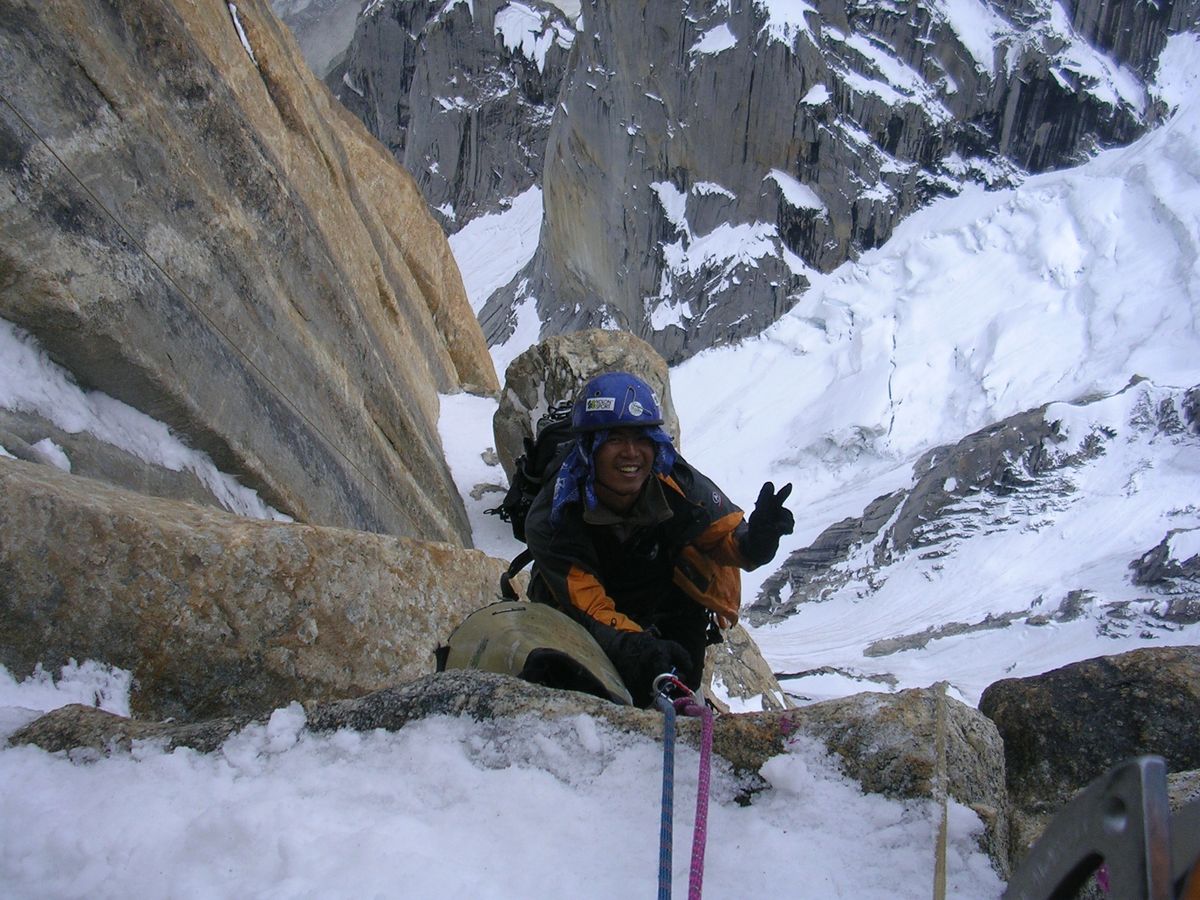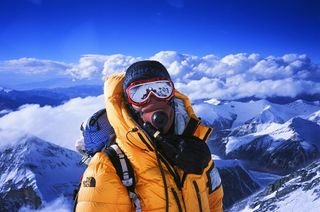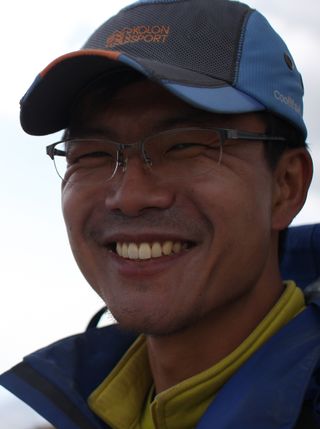
After Nearly Dying, Mountaineer Returns to Everest

Many graduate students feel like their research is killing them, but for Young Hoon Oh, that was actually true.
On a 2006 expedition to Mount Everest for fieldwork, Oh's body was so starved for oxygen as he descended the mountain that he nearly died.
"My oxygen regulator was kind of broken almost at the top, so there was no oxygen," Oh said. "I was almost crawling down to the final camp."

Oh, a Ph.D. candidate at the University of California, Riverside, will lead a second expedition in May to the summit of the 29,035-foot (8,850-meter) peak, the highest mountain in the world. The trek is fieldwork for his anthropology dissertation, which focuses on mountaineering in the Himalayas. Oh, a mountaineer with 15 years of climbing experience, is studying how the Sherpa society of mountain guides has changed after nearly a century of aiding hundreds of international climbers.
"I'm very interested in understanding their experience," Oh told OurAmazingPlanet. "Many anthropologists have written about Sherpas, but their explaining of their mountaineering activities were very limited."

By climbing to the summit of Everest and living among the Sherpa community for 15 months, Oh hopes to put himself in Sherpa shoes so that he can better understand the famous guides' relationship with the mountain and to document the impact of mountaineering on their culture.
"Their understanding of mountains has changed a lot," Oh said. "The reason for the change is due to foreign mountaineers."
Sign up for the Live Science daily newsletter now
Get the world’s most fascinating discoveries delivered straight to your inbox.
For example, Sherpas have traditionally seen mountains as spiritual places, but some Sherpas have come to see dollar signs when looking at Mount Everest.
But before Oh can live among the Sherpas, he must again transform himself into a mountaineer. He will lead a team of three South Korean mountaineers on a $150,000 expedition, which will be funded by the Alpine Club at Seoul National University in South Korea.
Oh will head to Seoul in late March where he will meet his two climbing companions. From there, the trio will fly to Katmandu, Nepal, and continue to the Lukla airstrip built by Sir Edmund Hillary, the New Zealander who, in 1953, was the first to reach the top of Mount Everest, accompanied by his Sherpa guide, Tenzing Norgay.
From Lukla the climbers will hike for 10 days to the base camp at the bottom of Mount Everest, where they will spend about a month setting up four camps between the base camp and summit and getting used to the altitude and thin air. Oh said he plans to attempt the summit between May 15 and May 30, and will carry his school's pennant to the peak.
This story was provided by OurAmazingPlanet, a sister site to LiveScience. You can follow OurAmazingPlanet staff writer Brett Israel on Twitter: @btisrael. Follow OurAmazingPlanet for the latest in Earth science and exploration news on Twitter @OAPlanet and on Facebook.












